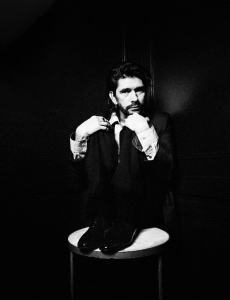Exploring the cinematic past, present and future of the peerless lens maker
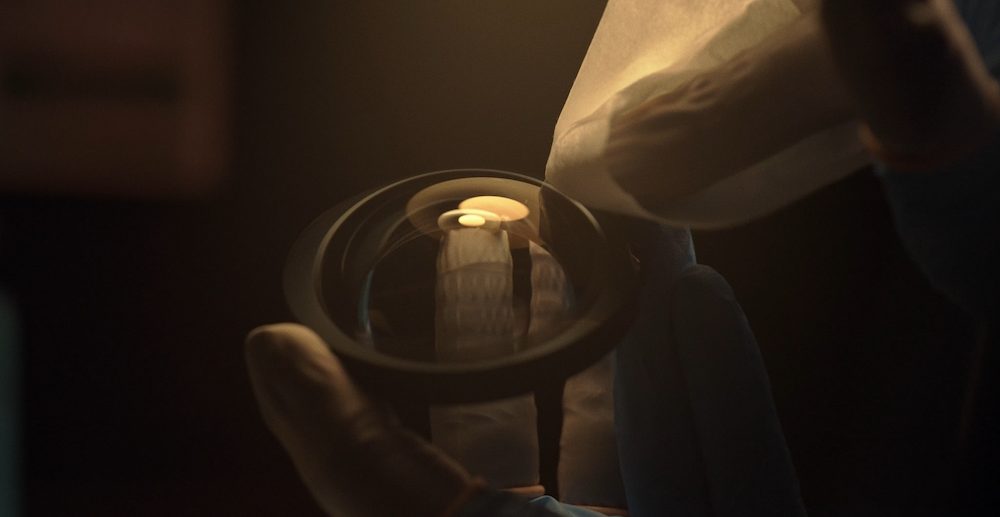
What connects Modern Times, The Wizard of Oz, Spartacus, Casablanca, The Birds, Return of the Jedi, O Brother Where Art Thou, Apocalypse Now, 12 Years a Slave, and countless other stellar films? All were shot using lenses made by Cooke Optics, a manufacturer that dates back to 1893 and whose history reads like an abbreviated summary of cinema itself. Cinematographers have long opted for their intricately hand-assembled lenses due to peerless resolution (a 4K camera resolves up to 40 line pairs, Cooke is currently able to distinguish up to 200), focus (when centre framed, subjects almost have an impressionistic halo effect around them) and warmth (a yellow bias brings an energy to colour captured which feels natural and balanced). Its intimate relationship to the art form was celebrated in 2013, when it won an Oscar for its “continuing innovation in the design, development and manufacture of advanced camera lenses that have helped define the look of motion pictures over the last century.” Indeed, not content to rest on its laurels, in recent years it has been working on advanced metadata capture, allowing for near real-time VFX work alongside filming.
Port caught up with CEO Tim Pugh to discuss the company’s past, present and future, as well as its balance of science and art.
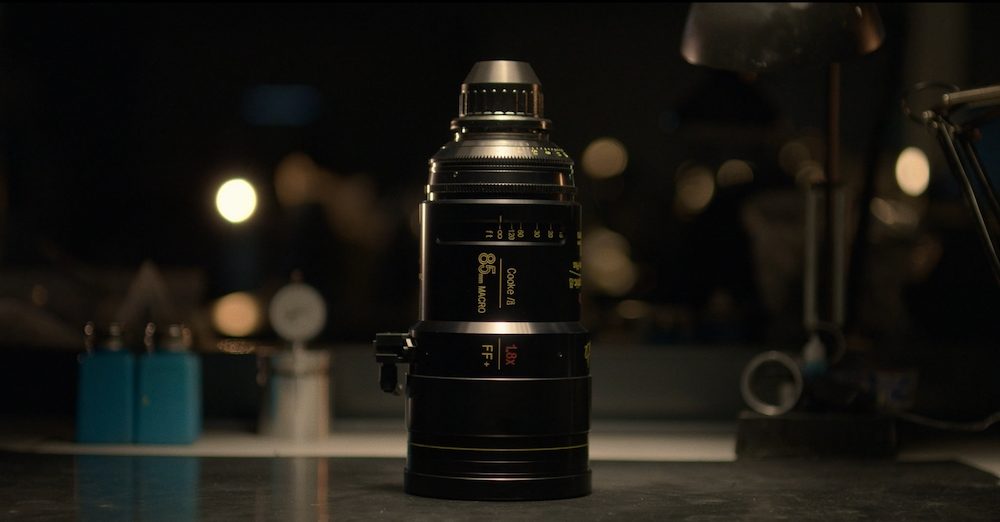
Cooke has a long relationship with filmmaking, are there any milestones from its 120 year plus history that you feel best demonstrate why it’s so innovative?
I think Cooke is fabulous because of the way it’s evolved and developed continually over that period of time. The films that have been shot on Cooke range from lenses used by Shackleton in the Antarctic, Charlie Chaplin, The Sound of Music, Hitchcock, through to steadicam in The Shining, or blockbusters like Superman and Star Wars. What’s wonderful is the cumulative benefit from all those films, all those steps. The heart of Cooke is innovative design and quality of manufacturing, that consistency and craftsmanship. You can see that when you go right back right to the 1930s. The lenses that were used by Charlie Chaplin are currently owned by one of our customers and still occasionally in use.
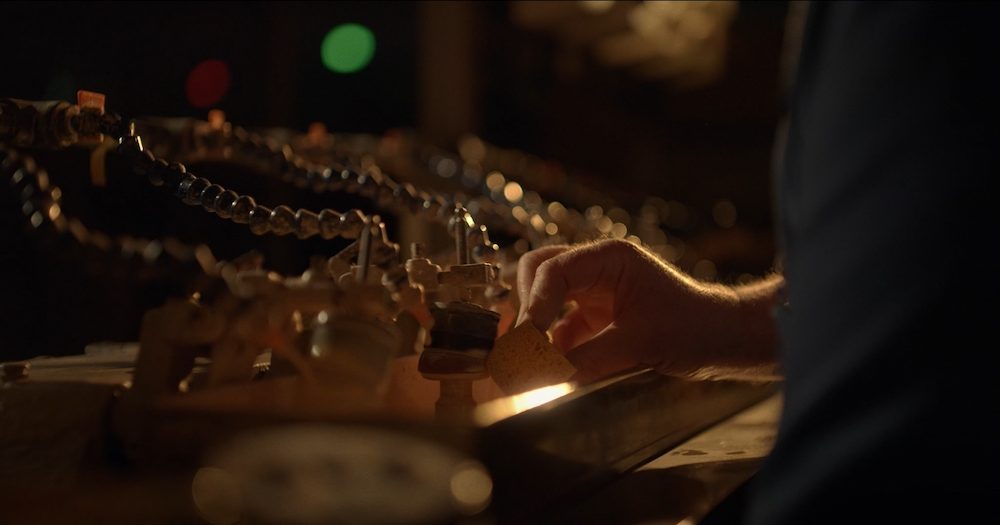
To achieve a remarkable image, a lens must balance colour, resolution, focus and flare – what makes Cooke’s optics so singular when it comes to these elements? Create what cinematographers call the ‘Cooke look’…
The ‘Cooke look’ is a combination of an art and a science. We have a super bright group of people – typically PhDs – who understand the physics of how light flows, and how the spectrum is dispersed through glass, which creates exactly what you are talking about, the focus. Actually, ‘aberrations’ is a typical industry term, so a slight distortion to create that balance of warmth in the center, a depth to the image, as well as drawing out colour.
A huge amount of work goes into that. But ultimately, one of the things I love is that although there’s this very technical piece, the output is really about the emotion of what’s generated on screen. So to some degree, we leave that down to the individual cinematographer, and in turn, the viewer to interpret what they’re seeing. Everybody has a slightly different interpretation of what the Cooke look is about. Our lenses enable cinematographers to act almost as a painter would, widening their palette and crafting images in a unique way.
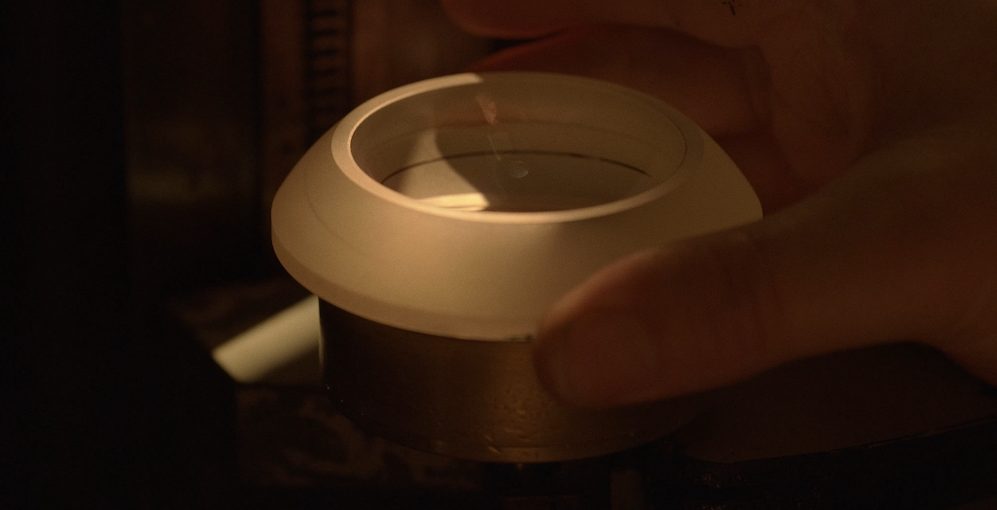
I was struck by the combination of old and new technological processes used in your factory in Leicester, as well as the artistic sensibility that the designers shared. Are you able to expand on the hand-craft and newer methods through machines that are used there?
To give you a sense of the scale, we’ll make about 2,000 lenses a year, and are looking to potentially double that volume in the coming years. Nevertheless, we want to maintain the way that we operate. We want to do things as quickly as is feasible, but never at the cost to quality. You can separate our production into two areas, glass and assembly. With the former, the glass comes into us in a moulding and it’s then ground and polished into the individual lens elements. Some of the machines which are used to do that are up to a hundred years old. You might wonder, why on earth is that the case? It’s because the precision – the tolerance that we’re talking about in our glass can be less than a micron, essentially a hair follicle – of those machines remain deeply accurate. We have people in the business who’ve worked with us for 35 years, including one of the guys who’s operating those sort of machines. He can do it by touch and feel because he’s got so much knowledge. We’re conscious that eventually he’ll retire, so we have a very active apprentice program.
We also have the latest sophisticated metrology systems when we’re testing, and when it comes to our assembly operation, the guys wear bunny suits and it’s a complete clean room environment for all the obvious reasons you would expect. They’re all hand assembled, and one of our differentiators is that every single lens is tested individually. We don’t – through a computer basis – automatically inscribe the focus marks. The focus marks are done by hand so we know that every single lens performs exactly in the way that it’s intended to.
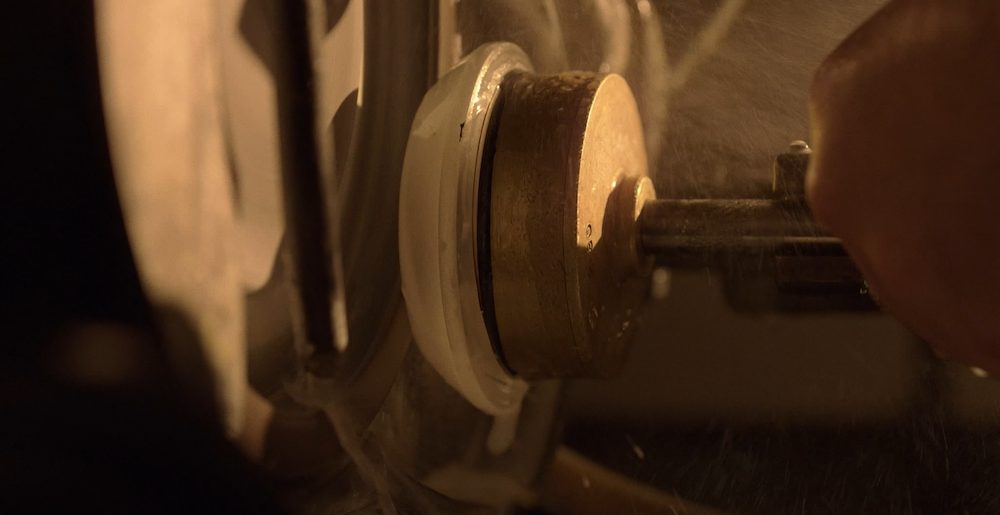
How is Cooks’ /iTechnology changing editing, and how TV and film can be made?
In terms of filmmaking production, there are three key pieces of data: picture, sound, and metadata – which is all the data that’s acquired during the shoot around focal length, positioning, and all of the information that the lens is acquiring which is then sent through into the world of post-production. Metadata presents a huge opportunity in the industry. Traditionally, all metadata is acquired on set. It’s then extracted and sent off to somebody in post who at a later stage is able to see the picture and sound and manipulate that as they see fit. It’s critical for VFX positioning and essentially facilitates creating special effects in a realistic way. Typically, that happens in post and could be anything up to several weeks after shooting.
Our /iTechnology is, we think, the leading solution for the world of metadata; it’s already been adopted by a number of other manufacturers. The real advancement we’ve made recently is partnering with a business called EZtrack. It enables filmmakers to fuse images from on-set cameras with computer generated elements in near real-time so a director can know whether a shot works instantly, rather than later down the line in post-production. We recently worked on an Italian WWII film called Comandante using this, and the results were amazing.
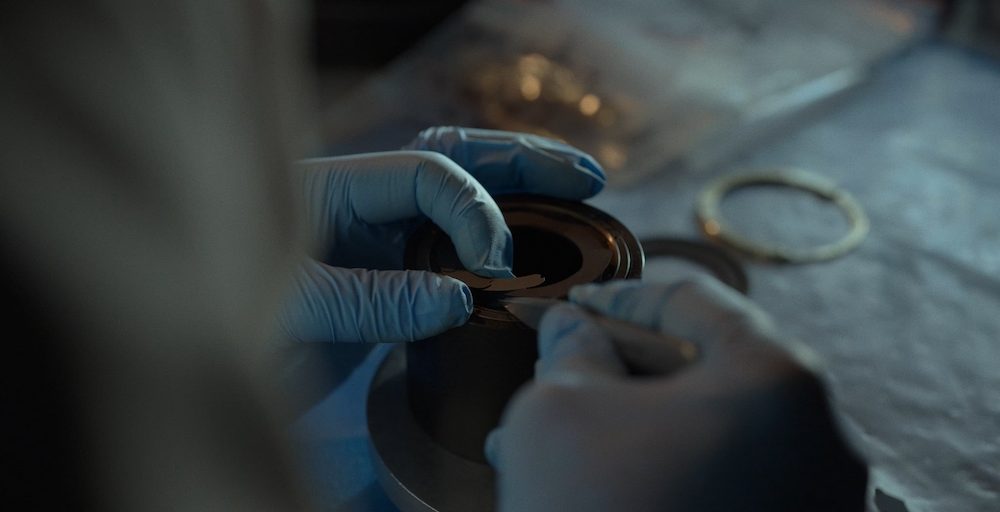
Is there anything else in the pipeline that is exciting?
We have a fantastic place within the world of professional cinematographers, but we also like to be approachable and accessible. We do a lot of work with students and communities around the world who are interested in film and recognise there is a passion for people to get onto the Cooke ladder, as it were. We’ll be launching a product later this year into a marketplace that isn’t simply the high-end Hollywood cinematographer.
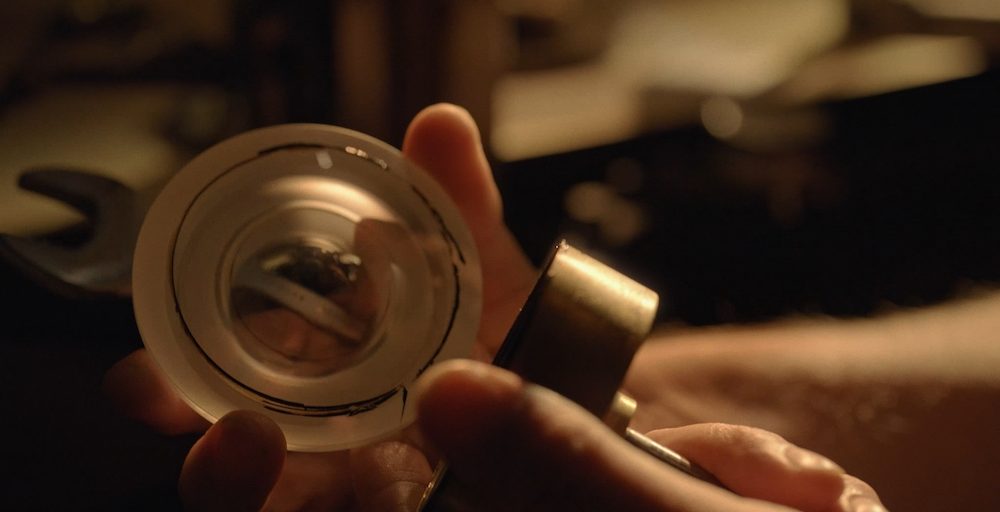
Decision to Leave was shot using Cooke, what fantastic cinematography that film had. What is one of your favourite recent films that’s used a Cooke lens?
One that I enjoyed recently, slightly left-field, was the new Matilda. I watched it with my nephew and niece the other day and it was just fabulous. The colour and light, how they elevated the costumes, the backdrop. Another watch, quite belated, was The Tragedy of Macbeth by Joel Cohen. Both films are very different, but in their own way absolutely what Cooke is all about.

